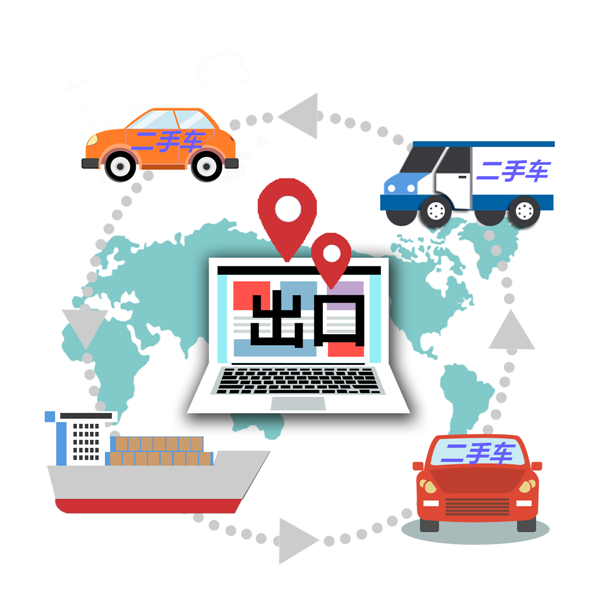Industry News
The export of second-hand cars is a blue ocean, and it is not easy to set sail
Recently, the 2020 China (Liangshan) Second hand Car Export Summit Forum with the theme of "New Opportunities, a New Blue Ocean for Second hand Car Export" was held in Liangshan County, Shandong Province. Experts and scholars from home, the Overseas Business Department of the OEMs, and people interested in second-hand car export attended the meeting.

In recent years, the upgrading time of China's emission standards has been shortened, accelerating the pace of upgrading and eliminating old vehicles. According to the survey, the average renewal time of consumer vehicles in China is about 8 years, which means that a considerable part of the second-hand cars eliminated are in good condition and have the value of continued use. It would be a pity if they were scrapped and disassembled directly. By the end of 2019, China's car ownership had reached 260 million, increasing at a rate of 10% for several consecutive years.
China's second-hand car export started relatively late, and there is still a big gap with the United States and Japan. It is reported that the United States and Japan carried out the export of second-hand cars earlier. In 2018, Japan traded 6.96 million second-hand cars and exported 1.33 million, accounting for 19.1%, with an export amount of 6.1 billion dollars. The number of used cars traded in the United States was 40.42 million, with 1.19 million exported, accounting for 2.9%, and the export amount was 10.3 billion dollars. Taking Japan as an example, its used cars have been exported to 184 countries worldwide, mainly to Africa, Southeast Asia, Russia, South America, the Middle East and other regions. The top five exporting countries are 144000 cars in the United Arab Emirates, 135000 cars in New Zealand, 100000 cars in Myanmar, 91000 cars in Chile, 87000 cars in Pakistan. The export volume of the top five markets accounted for 43% of the total. The average price of used cars exported from Japan FOB is 5000 US dollars.
"More than 70% of the world's countries, like China, use left-hand drive, and several countries with large imports of second-hand cars also use left-hand drive. Therefore, China's second-hand cars are more consistent with the driving habits of most countries than Japan. For example, Nigeria in Africa, Vietnam in Southeast Asia, Peru in South America, Russia in Eastern Europe, and the United Arab Emirates in the Middle East are relatively mature markets." Liao Zhiyong said.
In Liao Zhiyong's opinion, the countries along the "the Belt and Road" will become the main countries for China's second-hand car exports. The countries along the "the Belt and Road" accounted for 60%~80% of second-hand cars, and the import amount reached 100 billion dollars, of which the annual import demand of second-hand car markets in Africa, Southeast Asia and Russia was about 55.1 billion dollars. It can also be seen from the car ownership of 1000 people that there is still a lot of room for growth in these target markets. For example, there are 20 cars per thousand people in Southeast Asia, 258 cars in Russia (only in Central Asia), 28 cars in Africa and 56 cars in South America.
From the perspective of export logistics cost, China's used car export volume is relatively small, and has not yet formed a scale advantage. At present, Japan's export unit price is 50~63 dollars/m3, the United States is 65~70 dollars/m3, and China is 70~100 dollars/m3. According to the classification of vehicles, the logistics cost of used cars for export in Japan is 700~882 dollars, that in the United States is 910~994 dollars, and that in China is 980~1400 dollars. For the export of second-hand passenger cars, the logistics cost in Japan is 5000~6300 dollars, in the United States is 6500~7000 dollars, and in China is 7000~10000 dollars.
Categories
Latest News
Contact Us
Contact: Snailtruck
Email: colin@snailtruck.com
Phone/Whatsapp: +86 18705477225
Add: NO.168 Quanpu Town, Liangshan County, Jining City, Shandong Province, China

 snailtruck
snailtruck